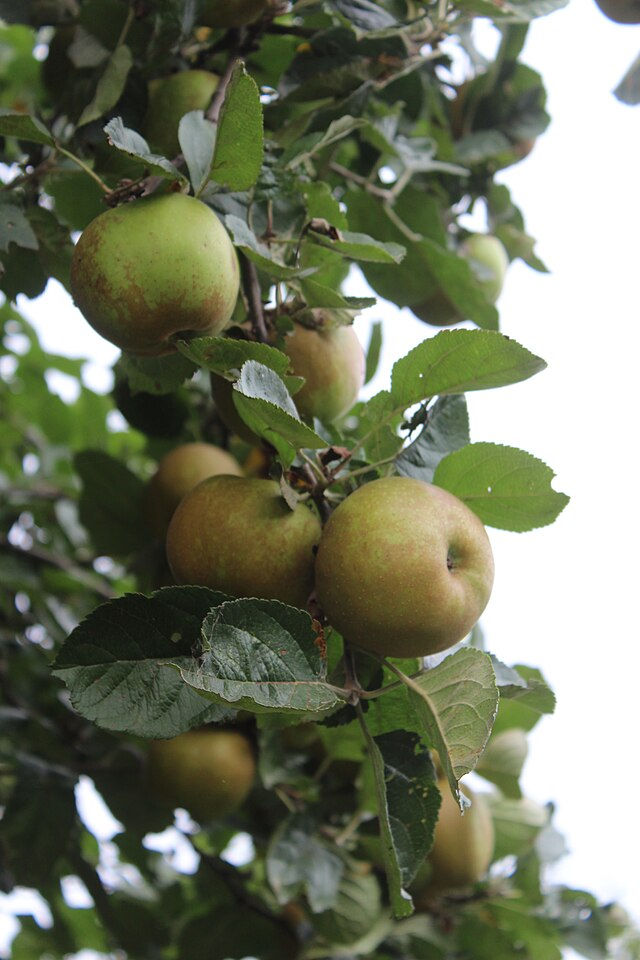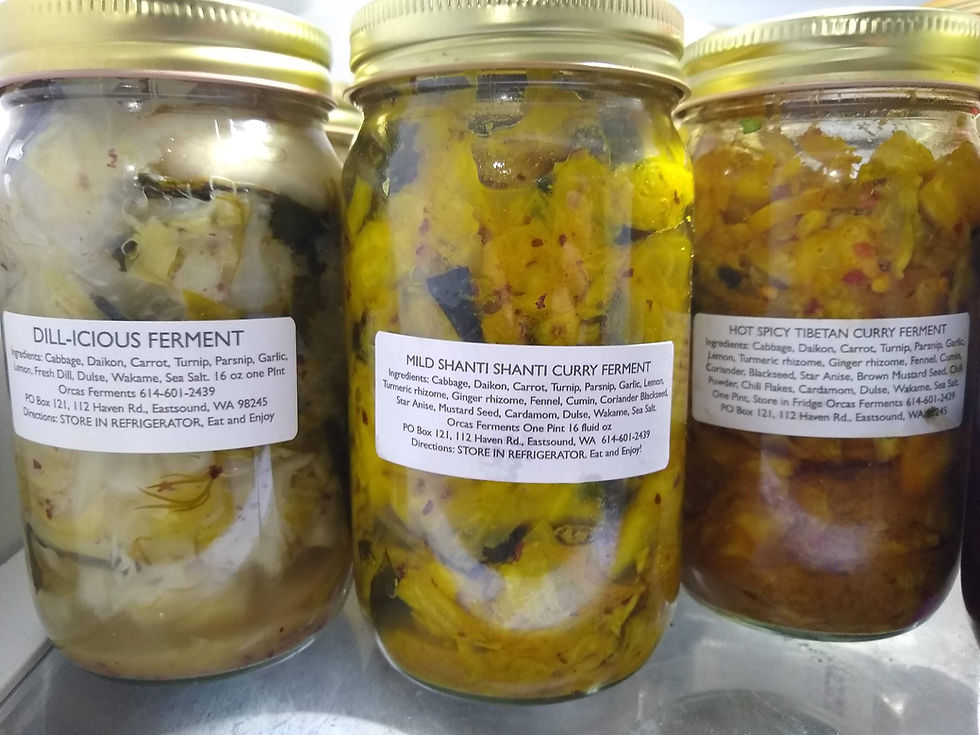Designing Fragrant Gardens for the Pacific Northwest
- Wolfy
- Oct 7
- 4 min read
Before color, before form, before even flower — there was fragrance. It's time to bring it back.
Ancient Persians designed their walled pairidaeza not only for beauty but for scent, lining shaded walks with roses, jasmine, and citrus to cool the air and stir the soul. The Romans carried that legacy into their courtyards; medieval cloisters distilled it into prayer. Yet somewhere between the rise of the modern landscape and the obsession with minimalism, fragrance quietly vanished from design.
Today, most gardens are beautiful to look at but mute to the other senses. Fragrance is the forgotten dimension — the invisible architecture that gives a garden its memory and emotion. A single waft of daphne or crushed rosemary can summon an entire season, a childhood, a place once loved. When designers overlook scent, they flatten the experience of the garden. When they restore it, they restore its soul.
The Function of Fragrance in Your Pacific Northwest Garden
Fragrance in nature is never ornamental — it’s a form of communication. It evolved as a language between plants and the world around them.
For flowering plants, scent is chemistry turned into persuasion. Aromatic compounds lure pollinators — bees, moths, flies, bats — each species attuned to a particular note, time of day, or even temperature. A jasmine releases its perfume at night to call the moth; a citrus bloom emits its bright signal at noon when bees are busiest.
Fragrance also serves as defense. Some plants, like sage and thyme, produce pungent oils that deter grazing animals and repel pests. Others release volatile compounds when wounded, warning nearby kin to brace their defenses.
In short, fragrance is the garden’s voice — attracting allies, repelling threats, and shaping the ecology of its surroundings. What we experience as beauty is, in nature, strategy — an ancient conversation written in scent.
The Psychology of Scent
Fragrance moves through the mind differently than sight or sound. It bypasses language and logic, traveling directly to the limbic system — the part of the brain that governs memory and emotion. This is why scent is so often described as haunting: it doesn’t remind us of something, it returns us to it.
A trace of lilac can pull you back to a grandmother’s garden; cedar smoke can conjure winter evenings decades gone. These are not recollections but re-entries — doorways opened by molecules so small they are invisible yet powerful enough to collapse time.
In design, this matters. A garden rich in fragrance is not only beautiful; it is personal. It awakens memory, intimacy, and belonging. It speaks directly to the unconscious, rooting us in the present while weaving us into our own past. Without it, a garden can feel like a photograph — complete in form but devoid of breath. For me, it’s not just one scent, it’s many: the resin of pine, the dry sweetness of high desert sage, the fleeting bloom of mountain lilac, and most of all, the wild honey of Spanish broom carried on warm wind. They can catch me off guard and transport me into feelings and memories I had thought long gone from my life.

Designing for Fragrance
In the Pacific Northwest, designing for scent means working with moisture, shadow, and subtlety. Here, fragrance doesn’t shout — it breathes through the mist, gathering under eaves and along shaded paths. Our temperate climate favors quiet perfumes: damp earth, cedar, fern, and the cool sweetness of early bloom. To design with fragrance is to compose in layers, timing, and texture.
Begin with Structure
Fragrance collects where air lingers — courtyards, sheltered entries, low walls that deflect wind. Plant near thresholds and gathering places: where guests pause to remove their shoes, where morning coffee meets the first light. In these small spaces, even a single daphne or sarcococca can define the atmosphere.
Design for Succession
The PNW allows nearly year-round fragrance if planned carefully. Here are some sample species for the palette.
Winter: Sarcococca, Edgeworthia chrysantha, Hamamelis mollis — perfumes that rise when little else stirs.
Spring: Daphne odora, Magnolia stellata, Philadelphus lewisii, the native mock orange, wild and honeyed.
Summer: Rosa rugosa, Lavandula angustifolia, Lonicera periclymenum — headier notes for the warm months.
Autumn: Abelia × grandiflora, Cimicifuga racemosa, and late-season herbs like thyme and oregano in bloom.
Work with Weather, Not Against It
In our climate, rain is a partner. Moisture amplifies scent, while dry wind disperses it. Choose surfaces and textures that hold dew — mossy stone, cedar shingles, gravel walks that darken and release earthy perfume after a storm.
A well-designed fragrant garden in the Northwest doesn’t overwhelm. It invites. It breathes with the rhythm of the region — restrained, complex, and fleeting, like the scent of rain just before it falls.
The Return of Fragrance — Reclaiming the Soul of the Garden
Fragrance once defined what it meant to be in a garden. Before horticulture became spectacle and maintenance plan, a garden’s worth was measured by how it felt — how its air gathered on the skin, how its perfume lingered after one had gone. The return of fragrance is not nostalgia; it is restoration.
To design with scent is to design with empathy. It asks the gardener to think beyond what is seen — to imagine the unseen currents of wind, memory, and time. A fragrant garden gives back what modern life strips away: stillness, intimacy, the awareness of breath. It is the soul of Pacific Northwest Gardening.
When fragrance returns, the garden becomes whole again. It reclaims its ancient function as a living threshold — between nature and memory, between the visible and the felt. A space that speaks not in color or form, but in the language of air.
At Pendragon Orchard & Vine, we design gardens you don’t just see — you breathe and experience. Contact us today for a design consultation.




Comments